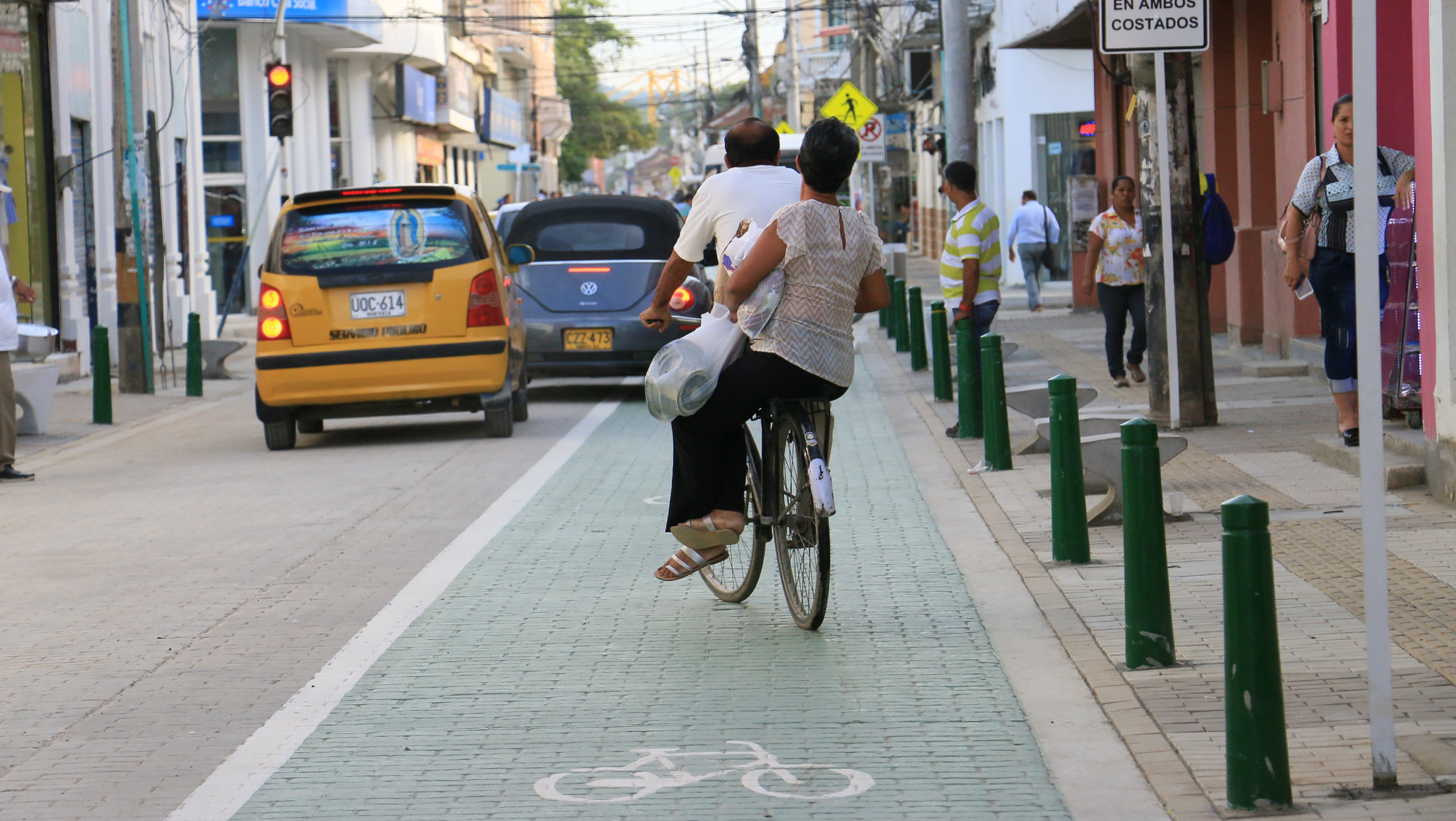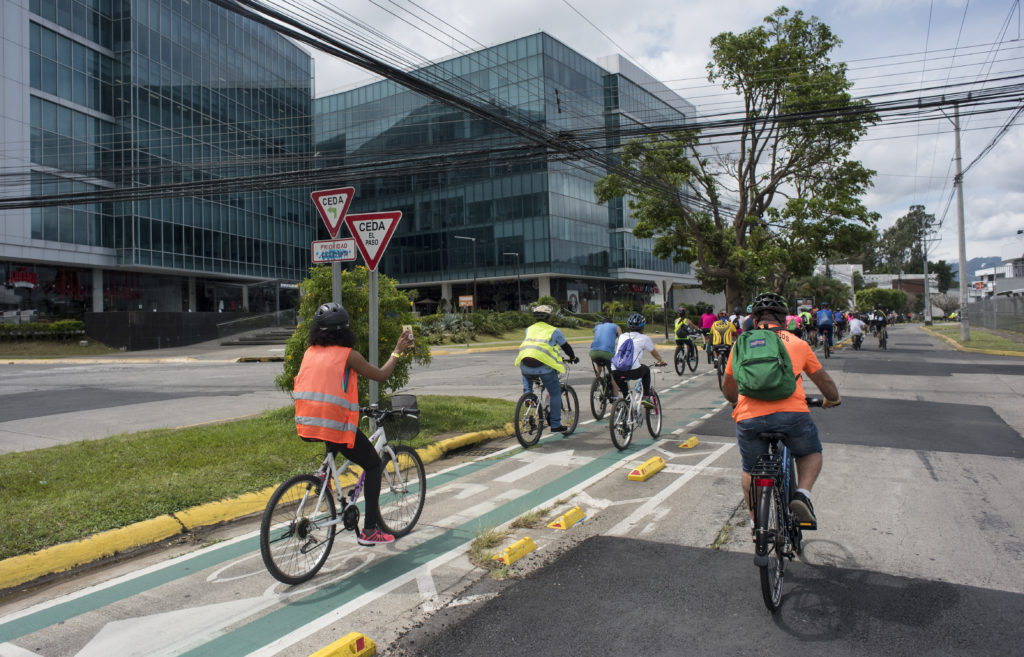
For 16 years, the Sustainable Transport Award (STA) has showcased cities that demonstrate political courage by implementing innovative sustainable transport projects. This year is no different. The 15 nominated cities for the STA hail from Africa, Asia, South America, and North America and feature transportation interventions from electrified vehicles and widened walkways to new transportation lines. This year, as in others, demonstrates that size, both in city and project, is not the largest determining factor regarding impact. In fact, it is often the small, on-the-ground, and low-cost interventions such as sidewalk improvements, bus frequency, and or parking reform that make the biggest difference in people’s lives. With the political will for improvements, any city can make adjustments large and small that transform lives. This was evident in the nominees where cities of all sizes presented an impressive collection of innovations all with the same goal of improved sustainable transportation.

Strategies honored by the STA improve mobility for all residents, reduce transportation, greenhouse and air pollution emissions, and improve safety and access for cyclists and pedestrians. Cities apply under five categories of interventions including Cycling & Walking, Public Transport, Sustainable Urban Development, Travel Demand Management, and newly added for 2020, Urban Freight. This year the most popular interventions were Cycling & Walking and Public Transport with 12 and 11 cities, respectively, engaging in interventions in those arenas. Six cities engaged in Sustainable Urban Development and only 3 cities engaged in Travel Demand Management. The 2019 winner, Fortaleza, Brazil, implemented a complete streets plan that massively improved road safety by prioritizing public transport, cycling, and walking. The winning city will be announced at the MOBILIZE summit in Fortaleza in June, and will host the MOBILIZE summit the following year.
While many of the Public Transportation interventions included creating new or expanding current BRT lines like in Peshawar, Pakistan or Richmond, USA. Some cities increased public transportation with other types of interventions like a new funicular in Bogotá, Colombia. Many cities saw ridership and participation in public transportation increase. Jakarta, Indonesia has doubled its BRT and bus ridership through better integration of systems and improved access to stations. Public transportation growth also came from electrifying vehicles already in use like buses and rickshaws in Amritsar, India; tricycles in Pasig City, Philippines, or motorcycles in Marrakech, Morocco.

Many of the Sustainable Urban Development projects included transformations of waterways and historic districts into pedestrian friendly and mixed real estate neighborhoods like in Amritsar, India; Pune, Providencia, and Cali. Additionally, Kigali, Rwanda and Pasig City host regular car-free days. Parking policies in Pune and congestion pricing in Cali serve to alter their urban landscapes, promoting a high shift to public transport and active modes.
When it came to Cycling and Walking, Cali, Colombia; Cuenca, Ecuador; Montería, Colombia; and Pasig City, Philippines started or expanded public bike share programs while San José, Costa Rica expanded its cycling infrastructure. Many cities provided their pedestrians with enlarged sidewalks or footpaths like in Pune, India; Montería, and Providencia, Chile. Improved pedestrian environments are crucial to healthy and safe residents. Cities also focused on inclusivity. In Kingston, Canada, youth were targeted to engage in public transportation or in Montería, Pasig City, and Bogotá initiatives specifically targeted supporting low-income communities
“We are thrilled with the list this year because it demonstrates how innovation can come from anywhere – it is not just the ‘usual suspects’ of progressive, predominately Northern European cities that are implementing policies to improve sustainable transport,” says STA committee member Aimée Gauthier, “The STA demonstrates that with enough political will, any city is fully capable of putting forth powerful solutions to enhance their urban environment.”
About the Sustainable Transport Award
The Sustainable Transport Award is an annual award chosen by the STA Committee given to any city that has implemented innovative sustainable transportation projects in the preceding year. The STA has been given every year since 2005 to cities worldwide that have implemented innovative, important, and forward thinking initiatives in transportation. Past winners have included cities of all sizes – from large metropolises to medium-sized cities from North America, Europe, South America, Africa, and Asia. The winning STA city hosts ITDP’s MOBILIZE summit the following year and like every year, the 2020 winner will be announced at MOBILIZE in Fortaleza, Brazil, the 2019 STA winner. The 2020 winner will be honored at a ceremony in Washington, DC this upcoming January.
See the full list of the nominated cities here.


